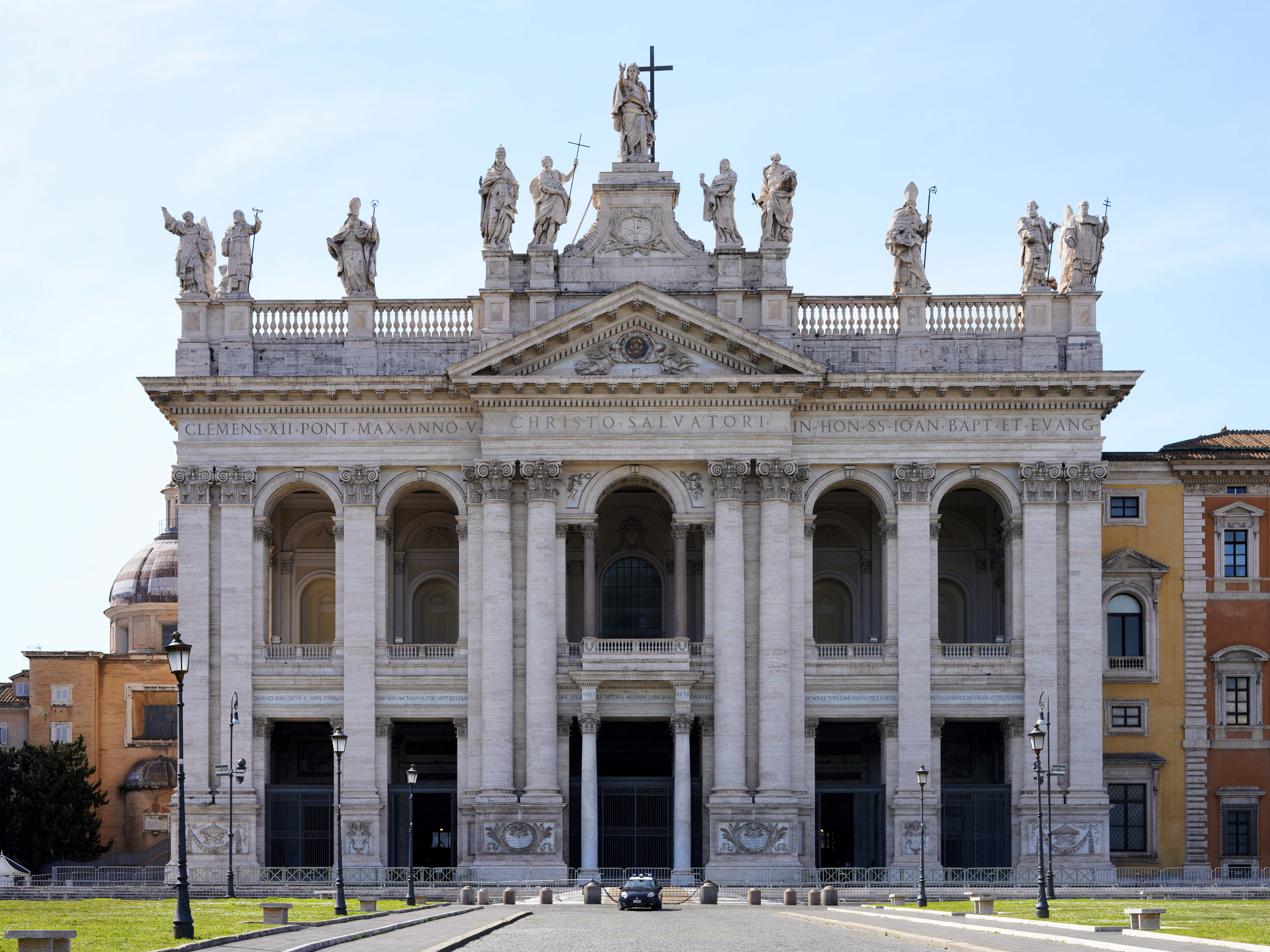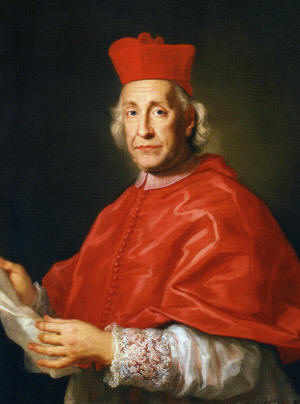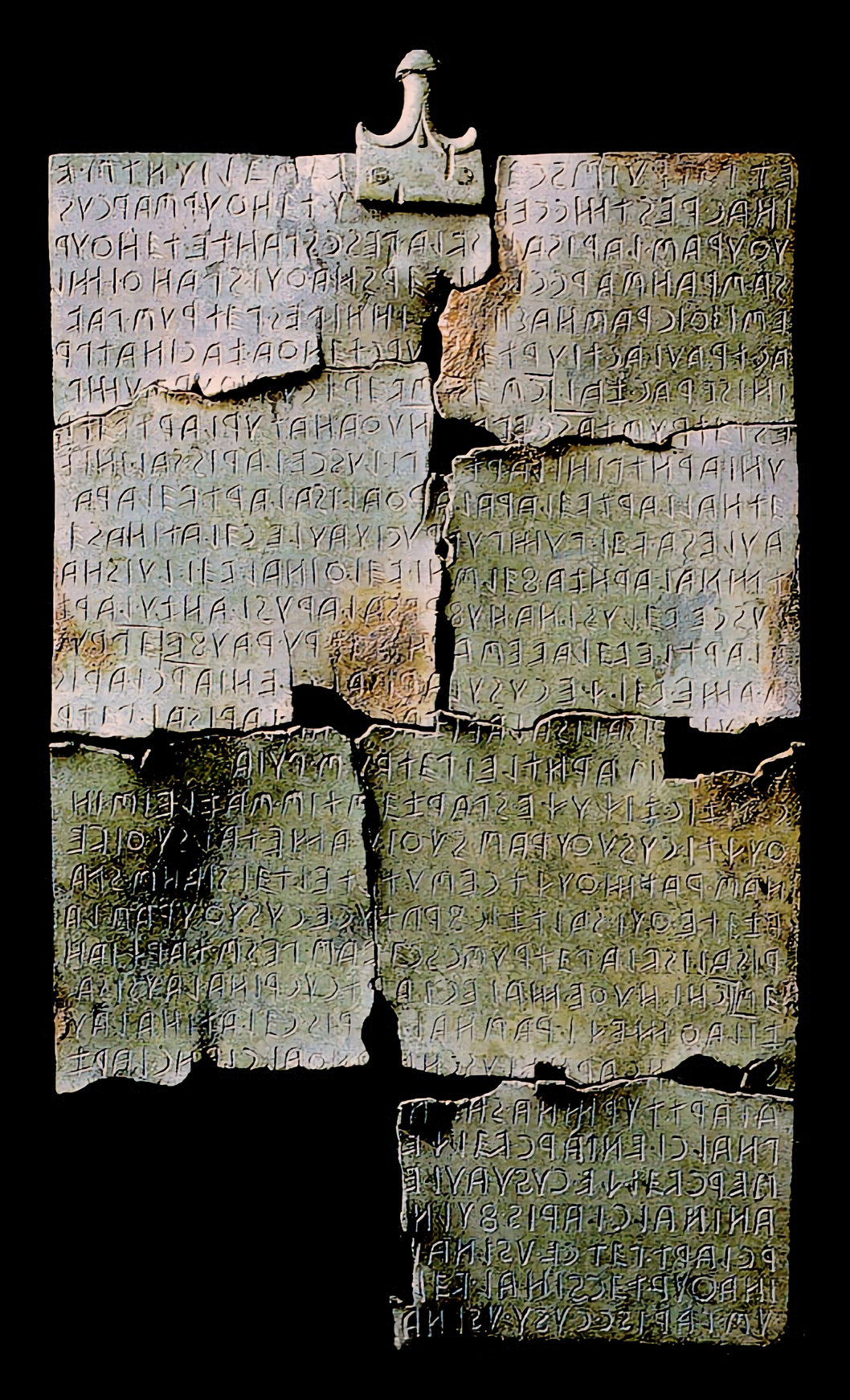|
Alessandro Galilei
Alessandro Maria Gaetano Galilei (25 August 1691 – 21 December 1737) was an Italian mathematician, architect and theorist, a member of the same patrician family of Galileo. Biography Born in Florence, he received architectural and engineering training from Antonio Maria Ferri, an outstanding figure of the Accademia dei Nobili, who lectured and wrote a treatise on perspective, fortifications and artillery. With him young Galilei worked on the study of building techniques, stereometry, hydraulics. Visiting English ''milord''s were impressed with the classicism of his early designs, and he was invited by a party of English to London in 1714. There he participated in a variety of architectural projects, most notably collaborating with the civic engineer Nicholas Dubois. The only other notable Italian architect in London at the time was Giacomo Leoni. The two architects shared a classicising bent that appealed to the English but was at odds with current Baroque architectural practic ... [...More Info...] [...Related Items...] OR: [Wikipedia] [Google] [Baidu] |
Florence
Florence ( ; it, Firenze ) is a city in Central Italy and the capital city of the Tuscany region. It is the most populated city in Tuscany, with 383,083 inhabitants in 2016, and over 1,520,000 in its metropolitan area.Bilancio demografico anno 2013, datISTAT/ref> Florence was a centre of medieval European trade and finance and one of the wealthiest cities of that era. It is considered by many academics to have been the birthplace of the Renaissance, becoming a major artistic, cultural, commercial, political, economic and financial center. During this time, Florence rose to a position of enormous influence in Italy, Europe, and beyond. Its turbulent political history includes periods of rule by the powerful Medici family and numerous religious and republican revolutions. From 1865 to 1871 the city served as the capital of the Kingdom of Italy (established in 1861). The Florentine dialect forms the base of Standard Italian and it became the language of culture throughout Ital ... [...More Info...] [...Related Items...] OR: [Wikipedia] [Google] [Baidu] |
Palladio
Andrea Palladio ( ; ; 30 November 1508 – 19 August 1580) was an Italian Renaissance architect active in the Venetian Republic. Palladio, influenced by Roman and Greek architecture, primarily Vitruvius, is widely considered to be one of the most influential individuals in the history of architecture. While he designed churches and palaces, he was best known for country houses and villas. His teachings, summarized in the architectural treatise, ''The Four Books of Architecture'', gained him wide recognition. The city of Vicenza, with its 23 buildings designed by Palladio, and 24 Palladian villas of the Veneto are listed by UNESCO as part of a World Heritage Site named City of Vicenza and the Palladian Villas of the Veneto. The churches of Palladio are to be found within the "Venice and its Lagoon" UNESCO World Heritage Site. Biography and major works Palladio was born on 30 November 1508 in Padua and was given the name Andrea di Pietro della Gondola. His father, Pietro, ... [...More Info...] [...Related Items...] OR: [Wikipedia] [Google] [Baidu] |
Corinthian Order
The Corinthian order (Greek: Κορινθιακός ρυθμός, Latin: ''Ordo Corinthius'') is the last developed of the three principal classical orders of Ancient Greek architecture and Roman architecture. The other two are the Doric order which was the earliest, followed by the Ionic order. In Ancient Greek architecture, the Corinthian order follows the Ionic in almost all respects other than the capitals of the columns. When classical architecture was revived during the Renaissance, two more orders were added to the canon: the Tuscan order and the Composite order. The Corinthian, with its offshoot the Composite, is the most ornate of the orders. This architectural style is characterized by slender fluted columns and elaborate capitals decorated with acanthus leaves and scrolls. There are many variations. The name ''Corinthian'' is derived from the ancient Greek city of Corinth, although the style had its own model in Roman practice, following precedents set by the Tem ... [...More Info...] [...Related Items...] OR: [Wikipedia] [Google] [Baidu] |
San Giovanni Dei Fiorentini
The Basilica of San Giovanni dei Fiorentini ("Saint John of the Florentines") is a minor basilica and a titular church in the Ponte ''rione'' of Rome, Italy. Dedicated to St. John the Baptist, the protector of Florence, the new church for the Florentine community in Rome was started in the 16th century and completed in the early 18th, and is the national church of Florence in Rome. It was lavishly decorated with art over the 16th and 17th centuries, with most commissions going to Florentine artists. History Julius II's successor, the Florentine Pope Leo X de' Medici (1513-1521), initiated the architectural competition for a new church in 1518 on the site of the old church of San Pantaleo. Designs were put forward by a number of architects, among them Baldassare Peruzzi, Jacopo Sansovino, Antonio da Sangallo the Younger and the painter and architect Raphael. The dominant initial ideas were for a centralised church arrangement. Sansovino won the competition but the building ... [...More Info...] [...Related Items...] OR: [Wikipedia] [Google] [Baidu] |
Neoclassicism
Neoclassicism (also spelled Neo-classicism) was a Western cultural movement in the decorative and visual arts, literature, theatre, music, and architecture that drew inspiration from the art and culture of classical antiquity. Neoclassicism was born in Rome largely thanks to the writings of Johann Joachim Winckelmann, at the time of the rediscovery of Pompeii and Herculaneum, but its popularity spread all over Europe as a generation of European art students finished their Grand Tour and returned from Italy to their home countries with newly rediscovered Greco-Roman ideals. The main Neoclassical movement coincided with the 18th-century Age of Enlightenment, and continued into the early 19th century, laterally competing with Romanticism. In architecture, the style continued throughout the 19th, 20th and up to the 21st century. European Neoclassicism in the visual arts began c. 1760 in opposition to the then-dominant Rococo style. Rococo architecture emphasizes grace, ornamentati ... [...More Info...] [...Related Items...] OR: [Wikipedia] [Google] [Baidu] |
Palace
A palace is a grand residence, especially a royal residence, or the home of a head of state or some other high-ranking dignitary, such as a bishop or archbishop. The word is derived from the Latin name palātium, for Palatine Hill in Rome which housed the Roman Empire, Imperial residences. Most European languages have a version of the term (''palais'', ''palazzo'', ''palacio'', etc.), and many use it for a wider range of buildings than English. In many parts of Europe, the equivalent term is also applied to large private houses in cities, especially of the aristocracy; often the term for a large country house is different. Many historic palaces are now put to other uses such as parliaments, museums, hotels, or office buildings. The word is also sometimes used to describe a lavishly ornate building used for public entertainment or exhibitions such as a movie palace. A palace is distinguished from a castle while the latter clearly is fortified or has the style of a fortification ... [...More Info...] [...Related Items...] OR: [Wikipedia] [Google] [Baidu] |
Classicism
Classicism, in the arts, refers generally to a high regard for a classical period, classical antiquity in the Western tradition, as setting standards for taste which the classicists seek to emulate. In its purest form, classicism is an aesthetic attitude dependent on principles based in the culture, art and literature of ancient Greece and Rome, with the emphasis on form, simplicity, proportion, clarity of structure, perfection, restrained emotion, as well as explicit appeal to the intellect. The art of classicism typically seeks to be formal and restrained: of the ''Discobolus'' Sir Kenneth Clark observed, "if we object to his restraint and compression we are simply objecting to the classicism of classic art. A violent emphasis or a sudden acceleration of rhythmic movement would have destroyed those qualities of balance and completeness through which it retained until the present century its position of authority in the restricted repertoire of visual images." Classicism, as Cl ... [...More Info...] [...Related Items...] OR: [Wikipedia] [Google] [Baidu] |
Basilica Di San Giovanni In Laterano
The Archbasilica Cathedral of the Most Holy Savior and of Saints John the Baptist and John the Evangelist in the Lateran ( it, Arcibasilica del Santissimo Salvatore e dei Santi Giovanni Battista ed Evangelista in Laterano), also known as the Papal Archbasilica of Saint John nLateran, Saint John Lateran, or the Lateran Basilica, is a Catholic cathedral church of the Diocese of Rome in the city of Rome, and serves as the seat of the bishop of Rome, the pope. The archbasilica lies outside of Vatican City proper, which is located approximately to the northwest. Nevertheless, as properties of the Holy See, the archbasilica and its adjoining edifices enjoy an extraterritorial status from Italy, pursuant to the terms of the Lateran Treaty of 1929. The church is the oldest and highest ranking of the four major papal basilicas as well as one of the Seven Pilgrim Churches of Rome, holding the unique title of "archbasilica". Founded in 324, it is the oldest public church in the city of Ro ... [...More Info...] [...Related Items...] OR: [Wikipedia] [Google] [Baidu] |
Pope Clement XII
Pope Clement XII ( la, Clemens XII; it, Clemente XII; 7 April 16526 February 1740), born Lorenzo Corsini, was head of the Catholic Church and ruler of the Papal States from 12 July 1730 to his death in February 1740. Clement presided over the growth of a surplus in the papal finances. He thus became known for building the new façade of the Basilica of Saint John Lateran, beginning construction of the Trevi Fountain, and the purchase of Cardinal Alessandro Albani's collection of antiquities for the papal gallery. In his 1738 bull , he provides the first public papal condemnation of Freemasonry. Early life Lorenzo Corsini was born in Florence in 1652 as the son of Bartolomeo Corsini, Marquis of Casigliano and his wife Elisabetta Strozzi, the sister of the Duke of Bagnuolo. Both of his parents belonged to the old Florentine nobility. He was a distant relative of Saint Andrea Corsini. Corsini studied at the Jesuit Collegio Romano in Rome and also at the University of Pisa whe ... [...More Info...] [...Related Items...] OR: [Wikipedia] [Google] [Baidu] |
Scarperia E San Piero
Scarperia e San Piero is a ''comune'' (municipality) in the Metropolitan City of Florence, in the Italian region Tuscany, located about northeast of Florence. It was created on 1 January 2014 after the merger of former ''comuni'' of Scarperia and San Piero a Sieve. Scarperia is famous for the production of knives by artisanal family companies. Since 2009, it has been the headquarters of La Marzocco Espresso coffee machine company. The city is best known as the home of the Mugello Circuit which is located here and it is home to the Italian motorcycle Grand Prix. On 13 September 2020, the first Grand Prix of Tuscany took place at the Mugello Circuit, Scarperia, as part of the 2020 Formula One World Championship The 2020 FIA Formula One World Championship was the motor racing championship for Formula One cars which was the 71st running of the Formula One World Championship. It marked the 70th anniversary of the first Formula One World Drivers' Cham .... References ... [...More Info...] [...Related Items...] OR: [Wikipedia] [Google] [Baidu] |
Cortona
Cortona (, ) is a town and ''comune'' in the province of Arezzo, in Tuscany, Italy. It is the main cultural and artistic centre of the Val di Chiana after Arezzo. Toponymy Cortona is derived from Latin Cortōna, and from Etruscan 𐌂𐌖𐌓𐌕𐌖𐌍 (curtun). This may be related to Indo-European *ghortos meaning "enclosed place" and consequently walled city like Latin hortus, German Garten, Italian orto, English yard, and Slavic grad. The name may also be linked to the Phrygian town of Gordium in Anatolia, although the founding myth for the latter is that it was named after founder, King Gordias. However, the Etruscan language is probably a pre-Indo-European language, and therefore if it was named by the Etruscans, an Indo-European etymology is uncertain. The Umbrian language, by contrast, is an Italic language, so if it was named by them, a link to Indo-European roots would be more likely. George Dennis suggests that it was known by many names "Corytus, Croton, Crotona ... [...More Info...] [...Related Items...] OR: [Wikipedia] [Google] [Baidu] |
Gian Gastone De' Medici, Grand Duke Of Tuscany
Gian Gastone de' Medici (born Giovanni Battista Gastone; 24 May 1671 – 9 July 1737) was the seventh and last Medicean Grand Duke of Tuscany. He was the second son of Grand Duke Cosimo III and Marguerite Louise d'Orléans. His sister, Electress Palatine Anna Maria Luisa, arranged his marriage to the wealthy and widowed Anna Maria Franziska of Saxe-Lauenburg in 1697. The couple despised each other and had no children. As Grand Prince Ferdinando, Gian Gastone's elder brother, predeceased Cosimo III, Gian Gastone succeeded his father in 1723. His reign was marked by the reversal of his predecessor's conservative policy; he abolished taxes for poorer people, repealed penal laws which restricted Jews and discontinued public executions. The Medici were wanting in male heirs; his father, Cosimo III, wanted the Electress Palatine to succeed Gian Gastone. However, Spain, Great Britain, Austria and the Dutch Republic disregarded Cosimo's plan and appointed Charles of Spain—whose ... [...More Info...] [...Related Items...] OR: [Wikipedia] [Google] [Baidu] |


.jpg)







